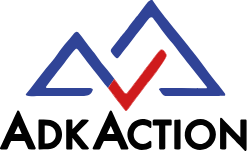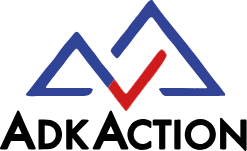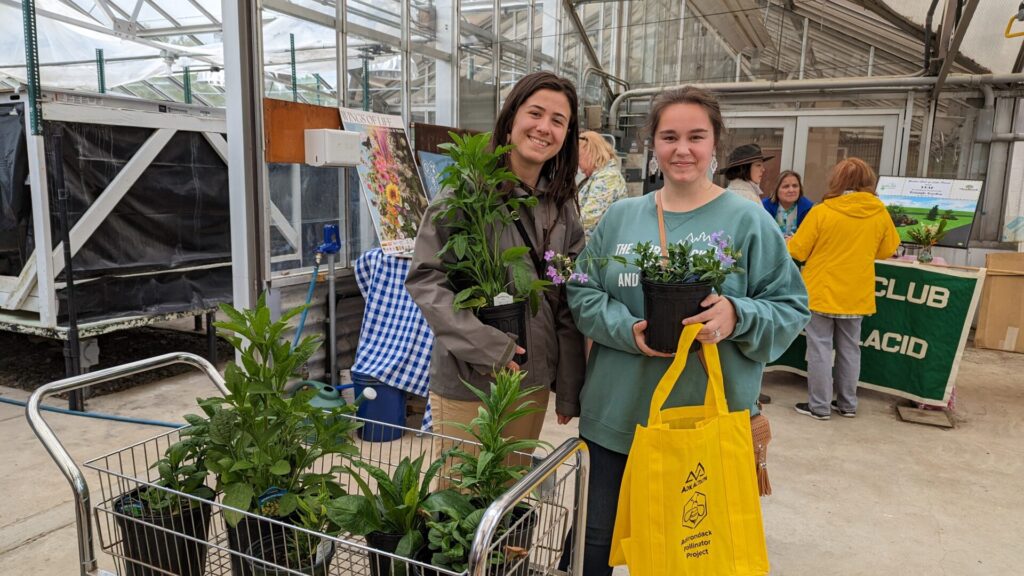
Adirondack Pollinator Festival and Native Plant Sale
Sign up here to volunteer at the festival! AdkAction’s Adirondack Pollinator Project is celebrating our annual Pollinator-Friendly Native Plant Sale with a Pollinator
We empower people to take individual and collective action to ensure a future where pollinators thrive, native habitat abounds, and Adirondack residents and visitors are engaged pollinator advocates.
There are many threats to pollinators, including habitat loss and fragmentation, pesticide use, climate change, and disease. In 2011, AdkAction started working to increase awareness and habitats for monarch butterflies by designing and distributing milkweed seeds and informational brochures, and by sponsoring lectures and film showings. In 2016, AdkAction created the Adirondack Pollinator Project (APP) in order to expand its monarch butterfly education programming to include all pollinators. Our major partners are The Wild Center, Paul Smiths College, and Northern New York Audubon.
Our work includes public lecturers by distinguished experts, free film programming, and hands-on conservation by encouraging community volunteers and homeowners to plant for pollinators. We give out thousands of free seed packets every year and our annual native plant sale allows residents to plan their pollinator gardens and buy a variety of neonic-free pollinator plants designed to provide a diversity of nectar and pollen sources for local bees, butterflies, moths, and hummingbirds. Our Mobile Pollinator Garden Trailer has planted community-scale pollinator gardens around the Adirondacks.
Each year, we offer free Native Wildflower seed packets to anyone who lives within the Adirondack Park to help increase native pollinator habitat. Planting native wildflower seeds is a perfect springtime activity and a great opportunity to get outside with your family. Request seeds below.
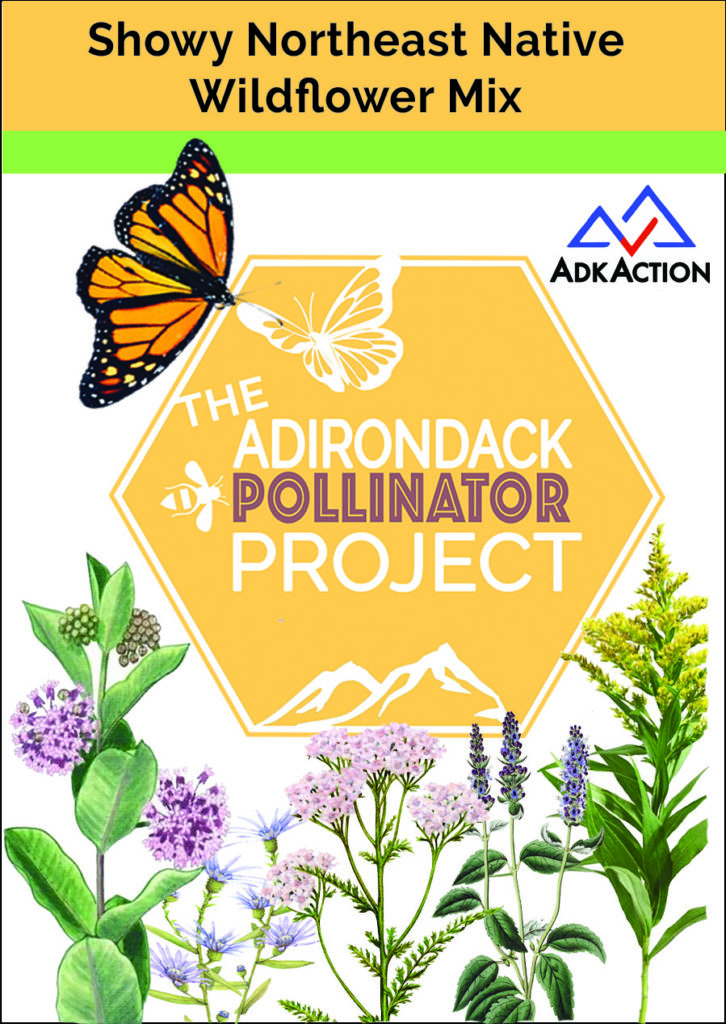
A pollinator garden is one planted mostly with flowers that provide nectar or pollen for a broad range of pollinating insects. Native flowering plants are best, and pesticides and other chemicals are avoided. These habitats can be beautiful and they attract birds and other wildlife in addition to pollinators.
Our Mobile Pollinator Garden Trailer saves time, energy and resources as we install community pollinator gardens around the region, removing the need to duplicate efforts such as getting tools, supplies, mulch, soil or compost, and seeds. We make it easy to create pollinator gardens and also provide expertise such as plant selection tips and garden design and layout options. The Mobile Pollinator Garden Trailer is made possible by a generous grant from Flow Hive.
Our Pollinator Garden Assistance Program plants community pollinator garden sites across the Adirondack region. Schools, libraries, hospitals, municipal parks, and other community sites are eligible to apply to receive a garden. Applications are accepted early in the spring, and gardens are planted at the start of summer each year.
The Pollinator Garden Assistance Program application deadline for this cycle has passed. Please enter your name and email address below to be notified when the application process is open again.

Sign up here to volunteer at the festival! AdkAction’s Adirondack Pollinator Project is celebrating our annual Pollinator-Friendly Native Plant Sale with a Pollinator
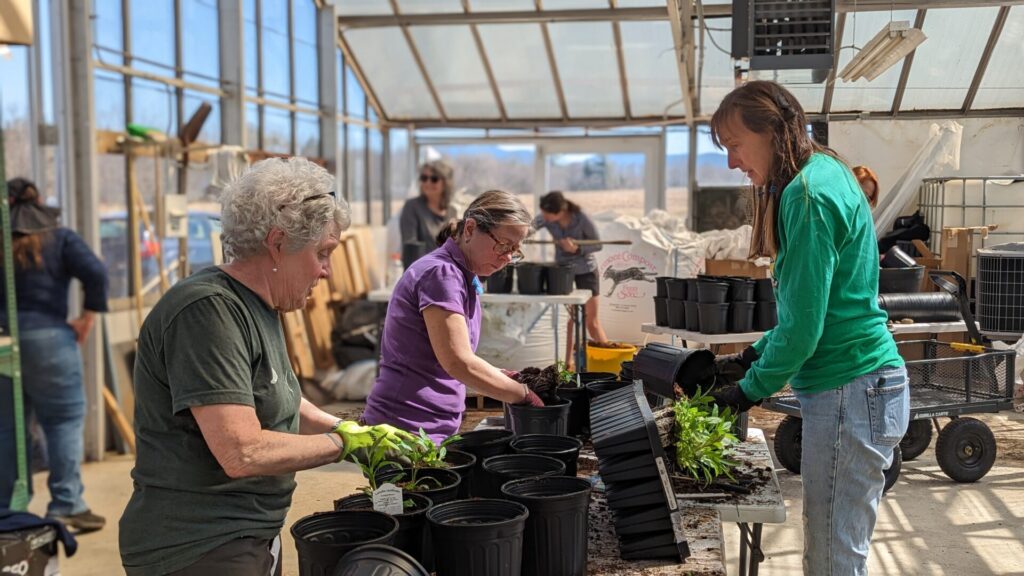
AdkAction and the Adirondack Pollinator Project are having our annual volunteer planting days in the greenhouse soon and would love your help! AdkAction
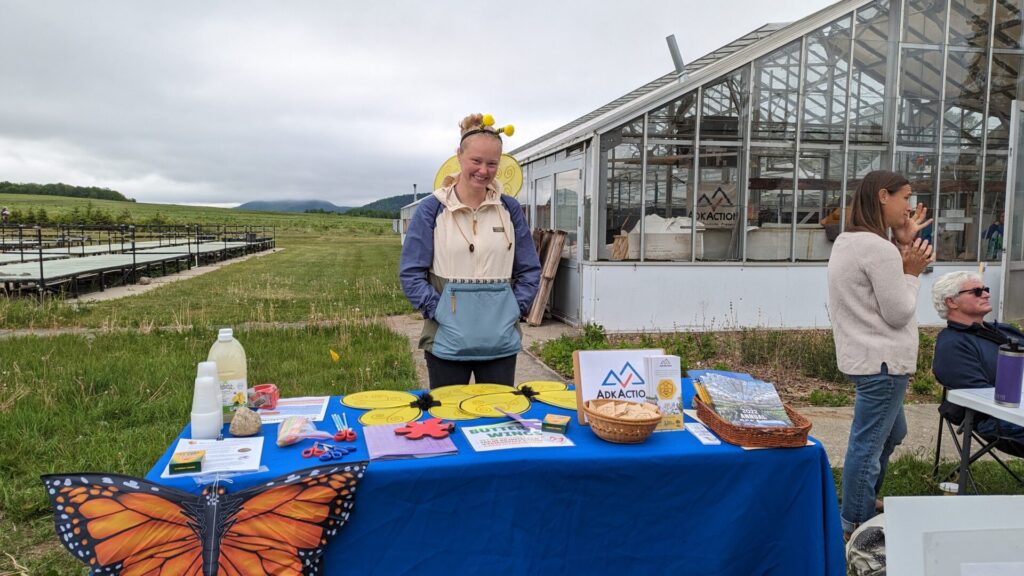
Kayla is a rising senior at Colgate University who joins AdkAction as an Adirondack Pollinator Project intern. Having grown up in a small town outside of Albany, Kayla was lucky
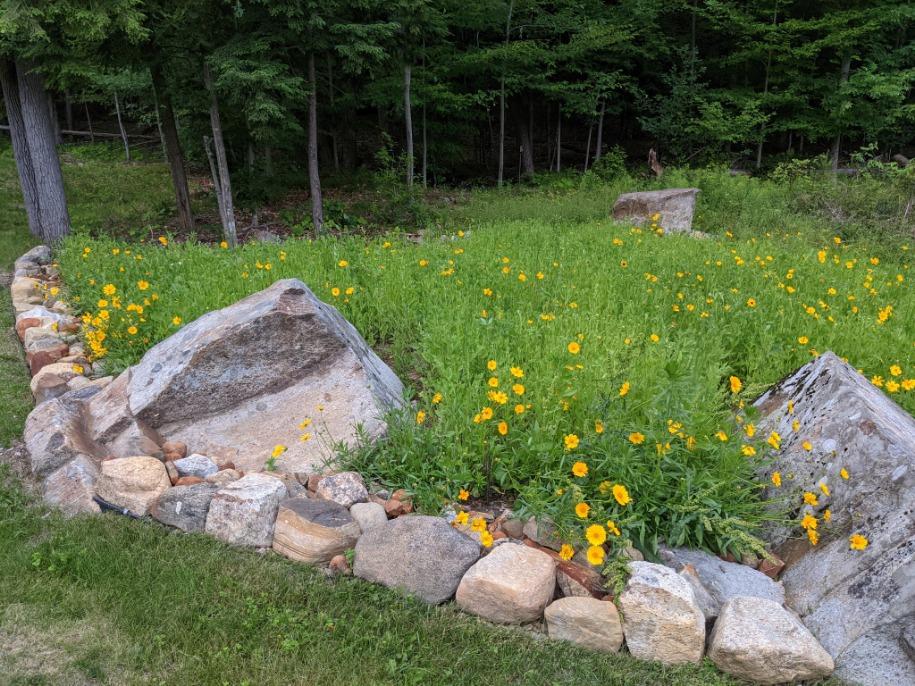
AdkAction projects range from expanding broadband access and addressing the housing crisis to protecting our water from road salt to community art festivals. While our projects are distinct, they do

Twenty Adirondack Libraries Selected for AdkAction’s Library Buzz Program AdkAction is announcing two pollinator-focused programs in 2023. In late 2022, AdkAction invited libraries across the Adirondacks to apply to AdkAction
Selecting Plants for Pollinators (Pollinator Partnership)
A regional guide for farmers, land managers, and gardeners in the Adirondacks and New England.
Pollinator Plants: Northeast Region (The Xerces Society: fact sheet)
Recommended native plants that are highly attractive to pollinators such as native bees, honey bees, butterflies, moths, and hummingbirds, and are well-suited for small-scale plantings in gardens, on business and school campuses, in urban greenspaces, and in farm field borders.
Native Plant Profiles and Lists (Lady Bird Johnson Wildflower Center: web site resource)
The Xerces Society has collaborated with the Lady Bird Johnson Wildflower Center to create plant lists that are attractive to native bees, bumble bees, honey bees, and other beneficial insects, as well as plant lists with value as nesting materials for native bees. These lists can be narrowed down with additional criteria such as state, soil moisture, bloom time, and sunlight requirements.
Regional Milkweed Guides A series of regional guides to the native milkweeds of North America, developed in cooperation with the USDA Natural Resources Conservation Service.
Monarch Nectar Plant Guides While native milkweed is critical to support of monarch breeding, these regional guides were created to address a need for evidence-based, monarch-specific nectar plants throughout the U.S. These guides were developed in partnership with the Monarch Joint Venture and National Wildlife Federation and are geared toward gardeners and landscape designers but are also be useful for land managers who are implementing large-scale monarch restoration projects.
Pollinator-Friendly Plants for the Northeast United States (USDA-NRCS: web site resource)
An in-depth guide to pollinator-friendly plants of the Northeast United States.
Xerces Society Pollinator Habitat Installation Guides (The Xerces Society: conservation guides)
These regional guidelines provide in-depth practical guidance on how to install nectar and pollen habitat for bees in the form of wildflower meadow plantings or linear rows of native flowering shrubs.
New England Pollinator Habitat Installation Guide: Conservation Cover (Draft)
New England Pollinator Biology and Habitat (USDA-NRCS: technical note)
An extremely lengthy, in-depth guide to bee conservation in New England. The document includes an overview of native bee and honey bee biology, farm management practices that impact pollinators, a color photo guide to common bee genera, and list of regionally appropriate plants for habitat restoration efforts on pages 25-38.
Field Conservation Management of Native Leafcutting and Mason Osmia Bees (University of Maine: Extension fact sheet)
This document includes information on the natural history of tunnel nesting native bees and how to enhance forage resources and improve nesting sites.
Indigenous Bees and Wild Blueberry Pollination (Nova Scotia Agricultural College: fact sheet)
An overview of native bee blueberry pollinators in Nova Scotia.
Wild Pollinators of Eastern Apple Orchards (Second Edition)
Produced by Cornell University, Penn State University, The Xerces Society, Northeastern IPM Center, USDA Department of Agriculture, and USDA National Institute of Food and Agriculture. This book includes a photo guide to bees most important to apple production in the East, steps to conserving wild bee populations, plant recommendations to enhance habitat, summary of bee toxicities for commonly used orchard pesticides, and links to additional information.
Your pollinator garden may be certified and added to the Adirondack Pollinator Project Registry if you meet the following guidelines:
1. You have planted or allowed to flourish at least three species of perennial native flowering plants in your garden. (Ideally you will provide nectar sources that bloom sequentially or continuously during the season.)
2. You are committed to maintaining your garden without chemicals.
3. “Let it bee” each fall to provide overwintering habitat for pollinators – Leave your leaves where they fall, allow dried flower heads to stay standing, Let the grass grow tall and seed, and if you have fallen branches–build a brush pile and leave until spring.
If you meet these guidelines, you may request a free “Pollinators Welcome” yard sign here.
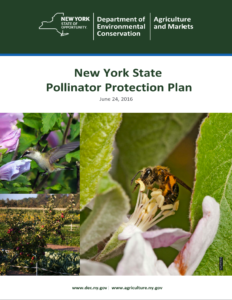
On June 24th, 2016, Governor Andrew Cuomo announced the recommendations of the NYS Pollinator Task Force in the “New York State Pollinator Protection Plan.”
At the same time the plan was announced, AdkAction.org decided to expand it’s Monarch Project to include all pollinators, and the Adirondack Pollinator Project was born. Our project elements are based on the recommendations made by the highly-qualified pollinator task force to ensure that our efforts are fruitful. You can read the Pollinator Protection in it’s entirety here.
iNaturalist
Have you ever admired a flower and wondered what it was called or seen a butterfly and wished to know its name? iNaturalist will not only allow you to deepen your understanding of the flora and fauna you encounter, but will also help create a large poll of data that can aid in local and national conservation efforts.
> Download the app and learn more
Do you love hummingbirds and butterflies? Want to make sure they are still around for the next generation to enjoy? Make a gift now to support our hands on pollinator conservation efforts.
